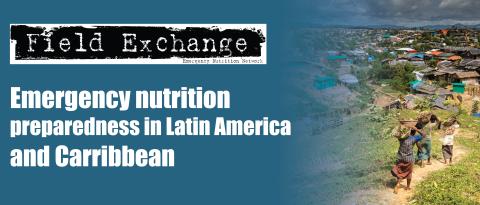Ebola virus disease and breastfeeding – comment
Research snapshot1
The authors commend Mija Ververs and Akanksha Arya2 for highlighting an urgent need for evidence-based breastfeeding guidance in the context of Ebola virus disease (EVD). In response to the ongoing Ebola outbreak, the World Health Organization (WHO) assembled an expert panel to create recommendations and implementation guidance on breastfeeding, as informed by a systematic review of evidence. On 10 February 2020, WHO published recommendations for the management of pregnant and breastfeeding women in the context of EVD.3
Ebola virus RNA has been detected in the breastmilk of women with acute infection, after recovery, and during asymptomatic presentation of the disease. Given the assessment and analysis of this evidence, WHO recommends that breastfeeding of a child should stop if Ebola virus infection is confirmed in a lactating woman or a breastfed child. The child should be separated from the breastfeeding woman and infants younger than six months of age should be provided with a breastmilk substitute (BMS) that is acceptable, feasible, affordable, sustainable and safe (AFASS). Infants and young children between 6 months and 23 months of age should be provided with a ready-to-use infant formula or ultra-high temperature full-cream (or whole) cow’s milk, along with complementary feeding (this food can be supplemented with micronutrient powders if the nutrient content is expected to be inadequate). Furthermore, the authors recommend that infants and children without EVD who are exposed to the breastmilk of women with ongoing Ebola virus infection should be considered contacts and undergo close monitoring while being provided with a BMS.
If a breastfeeding woman and her child are both confirmed to have an Ebola virus infection, we recommend stopping breastfeeding and switching to a BMS, given the hypothetical risk that the disease might worsen with additional exposure. However, if resources prevent an infant younger than six months of age from receiving a BMS that meets the conditions of AFASS, or if the infant will not be adequately cared for if separated from its mother, then the option to continue breastfeeding can be considered with support from a healthcare worker.
Given the evidence that breastmilk can continue to contain virus after a woman has recovered from the disease, we recommend that women who have recovered and cleared the infection delay breastfeeding until the breastmilk contains no detectable Ebola virus RNA when tested in two rounds of RT-PCR separated by 24 hours. A BMS should be provided during this time.
The pressing need to prioritise research related to Ebola virus transmission and viral persistence in breastmilk is highlighted in the WHO guidelines. Considerations for other modifications in infant and young child feeding might be warranted.
Endnotes
1 Thorson, A.E. et al (2020) Ebola virus disease and breastfeeding. The Lancet, Volume 395, Issue 10223, 491. https://doi.org/10.1016/S0140-6736(19)32967-8
2 Ververs, M. and Arya, A. (2019) Ebola virus disease and breastfeeding: time for attention. Correspondence. The Lancet, published online: August 27, 2019 summarised in Field Exchange 61 www.ennonline.net/fex/61/ebolavirusdiseasebreastfeeding
3 See news article in this issue “Guidelines for the management of pregnant and breastfeeding women in the context of Ebola virus disease”.


